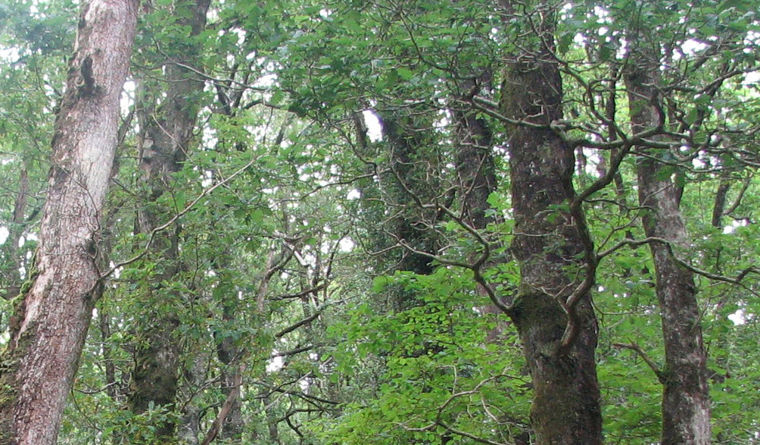Publication
Forestry Embodied Carbon Methodology
This paper proposes a methodology to quantify the impact of selecting "climate-friendly" wood to recognize the unique role of forest products in buildings.

This paper proposes a methodology to quantify the impact of selecting "climate-friendly" wood to recognize the unique role of forest products in buildings.
